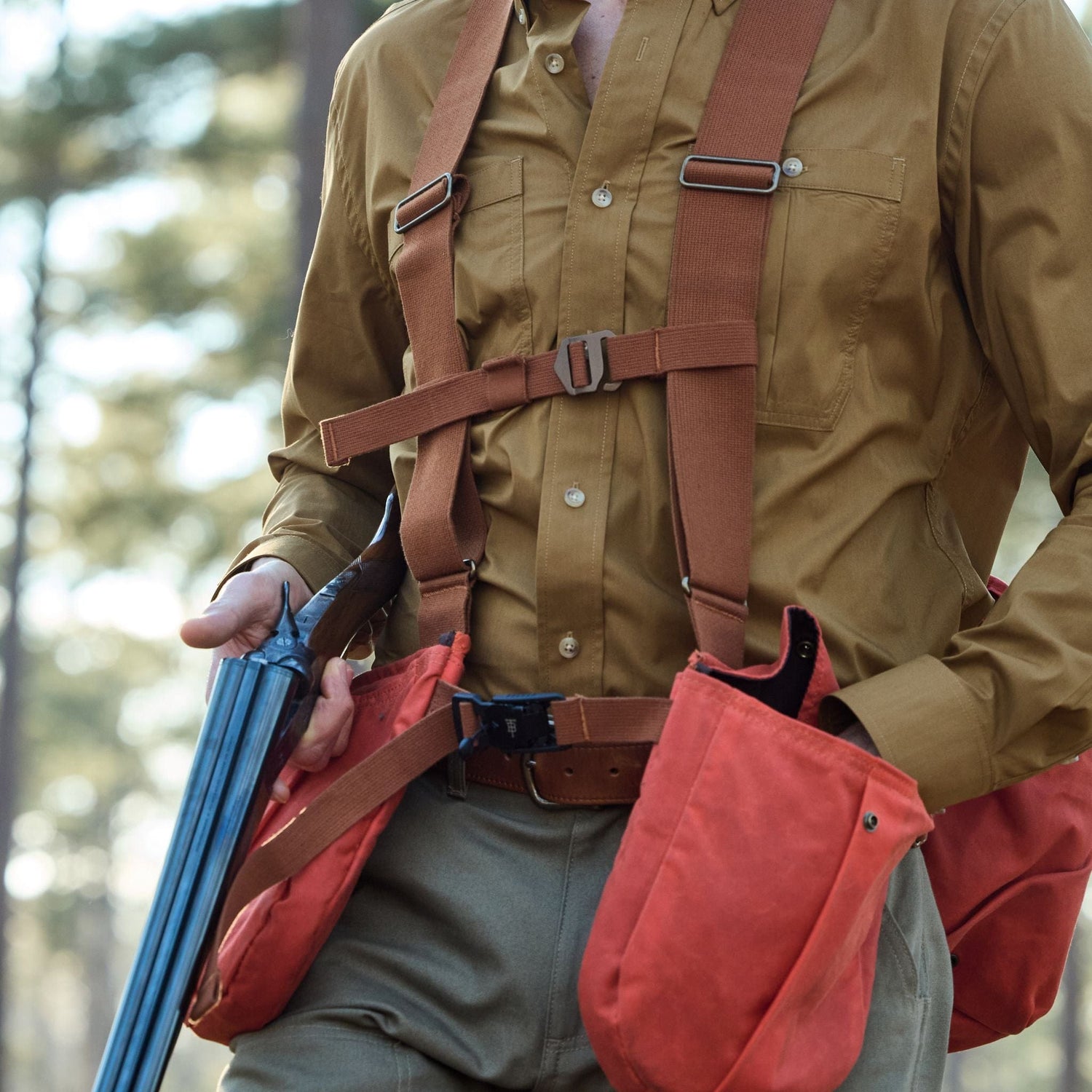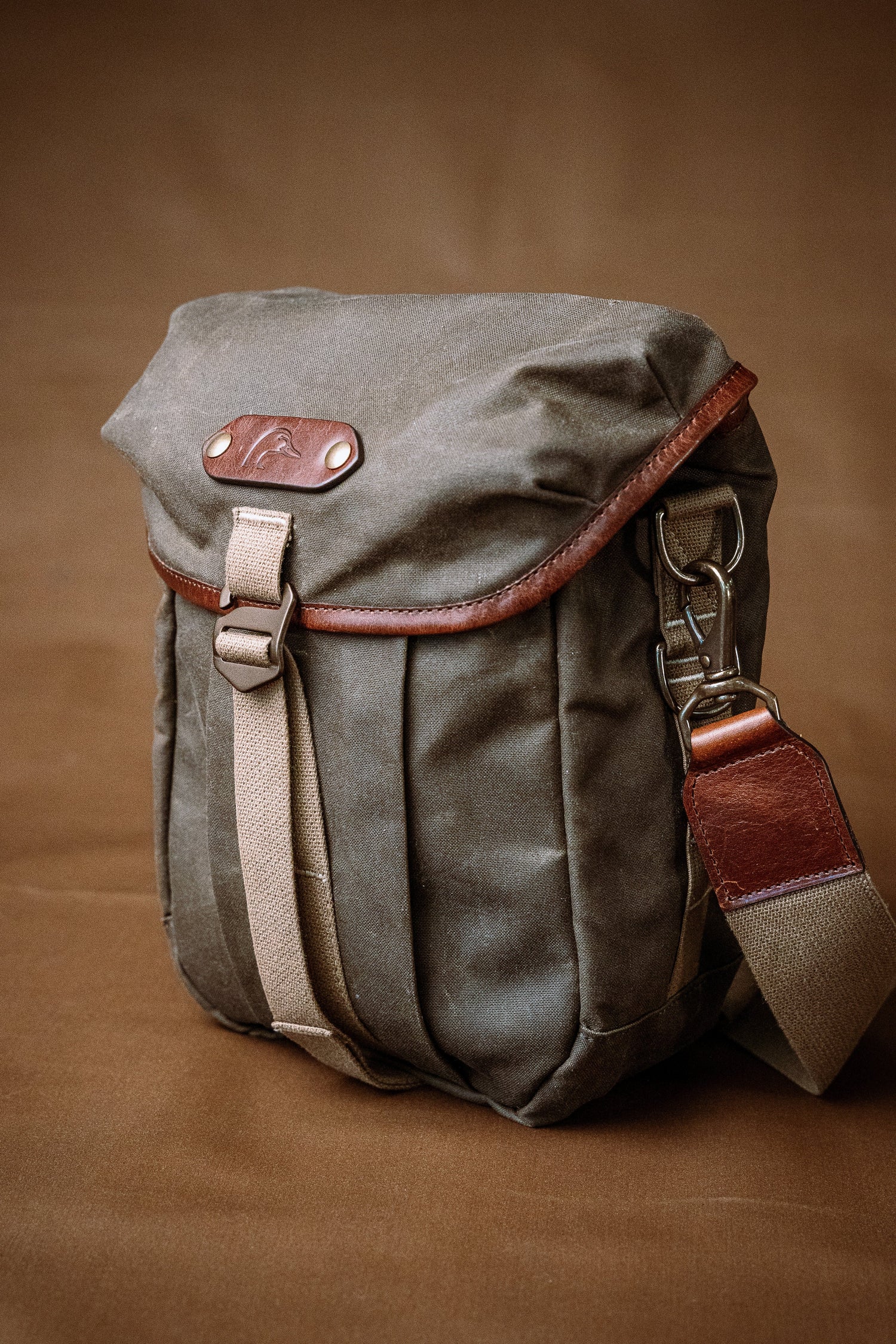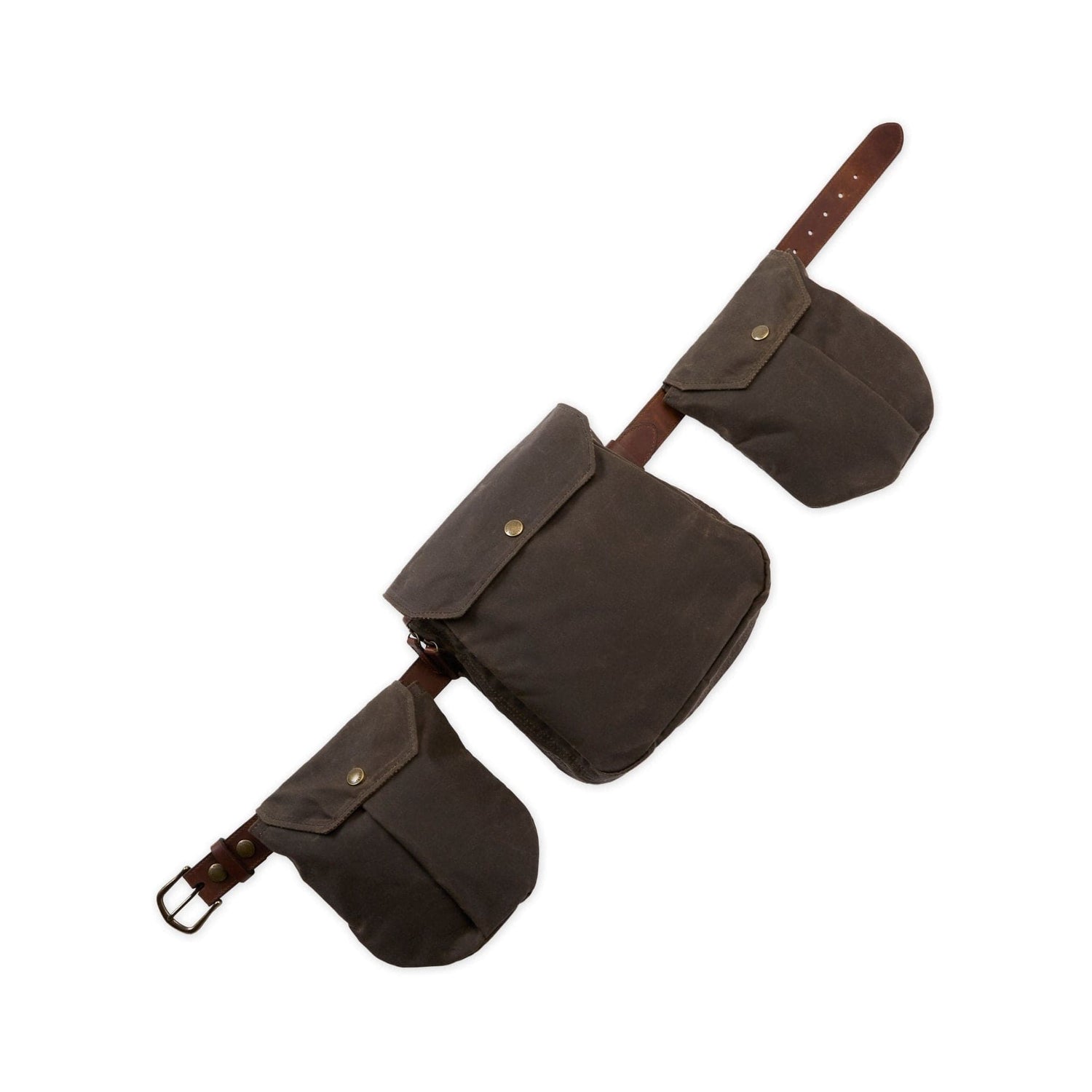There is a tree at my camp I need to knock down. It has been bugging me for a while. The tree has done nothing wrong except rise up in an inconvenient place—at the edge of a small clearing by one of my bunkhouses—and I’d like to claim back that piece of sky.
“Whoever owns the soil,” reads the old Latin expression, “holds title all the way up to the heavens and down to the depths of hell.” I take “all the way up to the heavens” quite literally.
My hands can do remarkable things: communicate from afar, cup a child’s face, flip a coin to make a life decision; but they’re just not strong enough to cut down a tree. For that, I turn to tools. Specifically, an axe.
My superpower.
I have chainsaws, of course. They are very powerful and incredibly efficient. When I use them, however, I always feel as if I’m a servant to the machine. I have to feed a chainsaw what it demands and follow some very specific rules of use. And while it can be tamed, I’m always aware that at any moment a chainsaw can turn on me.
To the contrary, an axe is an extension of my body. It adds length, weight, and leverage to my arms and turns my fingernails into efficient cutters. Once I connect to the axe and center it on my core, my swing becomes tireless. Lumberjacks hated double-handed tree saws as they required exhaustive effort, whereas using an axe was considered “rest time.” I’m not sure why wielding an axe comes so easily to me. Perhaps it’s a Canadian thing—what’s bred in the bone will out in the flesh. Physical structure maybe. Probably just the sheer joy of the swing.
The artist Andy Goldsworthy once said that gloves have memory of the work they’ve done. He’s right. Look at a used pair of gloves and you can easily tell the difference between a stone mason’s and a car mechanic’s gloves. If that’s so, it stands to reason that tools retain memory of their work and the hands that held them. My axes seem to. They know what’s expected when I carry them to a tree. If they don’t, they certainly do when I use the butt of the axe to sound the wood and then spin it back for the first bite. I can feel that stored memory flow from the head down the handle and into my body.
My favorite falling axe is 32” in length with a 4 ½ lb. hand-forged head of Swedish steel. The handle is American hickory and after working it with 0000 steel wool, boiled linseed oil, sweat, sap, and blood, it just feels right. But today I’m using a US-made axe with a 5 lb. Dayton head and a 28″ handle. Mostly just to try it out.
The axe is heavy, but it’s meant to be a workhorse—big, bold and brash. It was designed for the great forests of North America and appropriate for this particular tree—a red maple of approximately 80 feet in height. Good tree, bad location. And the top was starting to die back which could be a result of some root compaction from the bunkhouse.
The first thing I do is use the axe as a plumb to check lean. You can’t really wedge a tree against its lean with just an axe as you need a thin cut to drive the wedge into, so you have to fall a tree in the direction it wants to go. I’m lucky as the weight of the tree slants away from the bunkhouse.
And then I check the wind. A strong breeze can make ruin of the best plans to say nothing of the roofs of cabins or the brainpans of idiots. I luck out as the leaves on the top are still.
The real advantage to an axe over a chainsaw is you can take your time and slow the process down so much that mistakes are rarely made. But this is still a few tons of weight crashing down, so I mark my escape path and clear a good working area around the tree to make sure that my swing won’t be impeded.
Before I get to it, I use a small forest axe to clean off the bark of the working area. This helps me visually define my face cut and lets me sound the tree for rot.
Ready.
Raise, swing, bite. A solid hit releases tension. Both in the tree and me.
Raise, swing, bite. My hips, back and arms begin to work together with the axe and I am the axis upon which the axe rotates. When it’s swung properly, the head can achieve a speed of seventy miles per hour.
Raise, swing, bite. Two high hits to release the fibers, then one low to remove the chip.
I begin to sweat and lose a layer of clothes. I recall an old truism: there are no overweight lumberjacks.
The face cut roughed in, I clean it up to make sure it’s level, straight and will direct the tree in the right direction, then come around the back side for the felling cut.
An axe felling cut is typically higher than a saw cut, and I mark out an area in my mind that will give me a decent hinge. I cut the new notch in the same manner of the first, though a little tighter, until I hear a light crack in the tree, and I step back to watch. The tree is ready to fall, and time slows down. That’s the magical thing about felling a tree with an axe … everything moves in slow motion.
Ensuring that the tree still leans correctly, I step in and take another swing. Two more and the sound of the next crack is louder. I move to safety and wait. Neither it nor I are in a hurry—the tree has stood there for decades and I want to respect that. In the most beautiful expression of time slowed, the tree gently begins to fall. The crash echoes through the trees and the forest grows quiet. It should when a giant falls.
The tree lands four feet from where I was aiming, which I consider a success. Actually, all trees on the ground with me still standing are considered successes.
Now comes the limbing and bucking. Branches need to be moved to a brush pile and the trunk stacked to dry and split later. I reach for the chainsaw. My superpower does not have a masochistic bend.
About the Author
David N McIlvaney is a writer, angler, hunter, and sentimentalist who lives in the Catskill mountains where he draws water and hews wood while pondering things big and small.
























